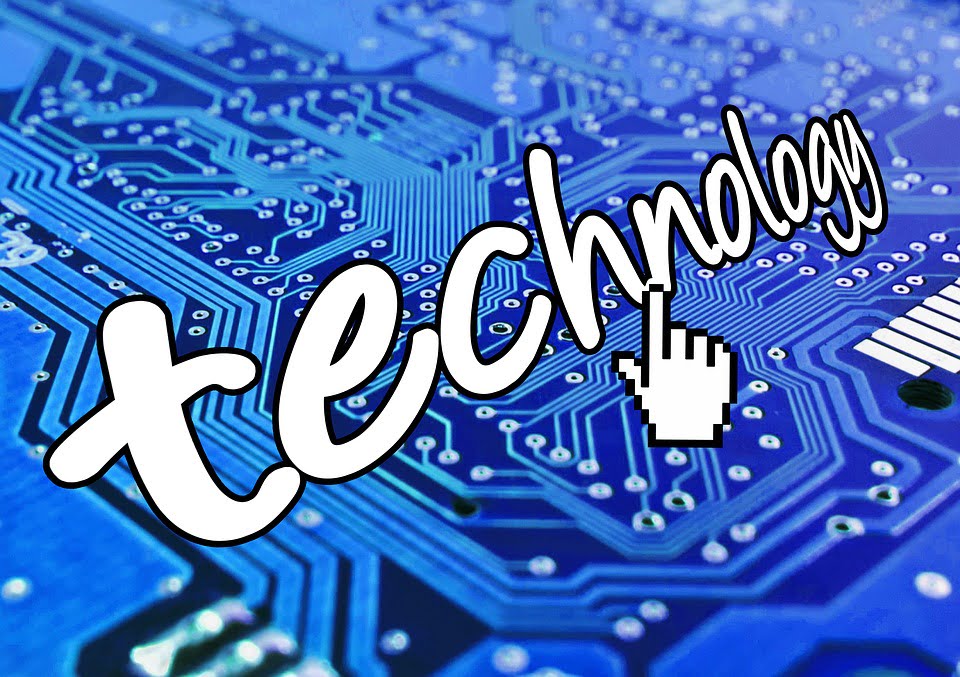1. Supersonic and Hypersonic Flight: Aerospace engineers have developed aircraft capable of flying at supersonic or hypersonic speeds, enabling faster and more efficient air travel.
2. Electric and Solar-Powered Flight: The development of electric and solar-powered aircraft has brought new possibilities for sustainable aviation, improving efficiency, and reducing emissions.
3. Unmanned Aerial Vehicles (UAVs): The emergence of UAVs or drones has brought new dimensions to aviation technology. With the use of advanced sensors, UAVs can perform tasks previously considered impossible for human-piloted aircraft.
4. Advanced Materials: Aerospace engineers have developed new materials such as carbon fiber composites, allowing for lighter and stronger aircraft design, making air travel more fuel-efficient.
5. Ergonomics: The design of aircraft interiors has improved, ensuring passenger comfort, reducing stress, and making air travel more enjoyable.
6. Artificial Intelligence (AI): AI is increasingly being used in aviation technology, including flight control systems, route planning, and airport operations.
7. Space Tourism and Exploration: The development of spacecraft capable of carrying humans into space has brought new possibilities for space tourism and space exploration.
8. Improved Safety Systems: Aerospace engineers have developed advanced safety systems, including automated crash avoidance technology and real-time monitoring of aircraft operations, reducing accidents and saving lives.
9. Advanced Propulsion Systems: Aerospace engineers have developed advanced propulsion systems, including jet engines and rocket engines, improving aircraft performance and enabling space launch capabilities.
10. Commercial Space Flights: The development of commercial spaceflight has opened up new possibilities for space travel and exploration, enabling people to travel beyond Earth’s atmosphere.




